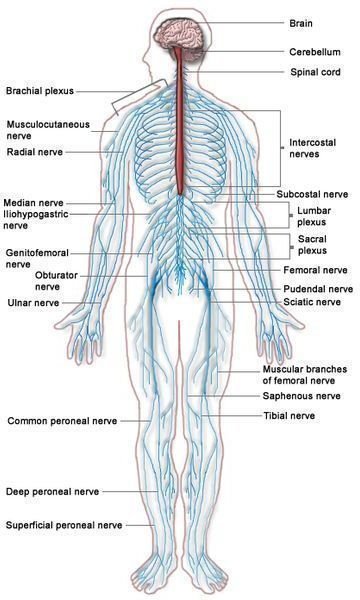Radio Frequency Nerve Ablation
Radio frequency nerve ablation is a procedure done to help alleviate a patient’s pain. Pain signals in a certain area are decreased by heating up a small section of nerve tissue through the use of a radio wave-produced electrical current. This procedure is most often used to alleviate the pain associated with arthritis-related joint degeneration and chronic pain of the neck and lower back.
With Radio Frequency Ablation, How Long Does the Pain Relief Last?
The significance of pain relief varies from patient to patient. The location and the cause of the pain are the main factors affecting how long a patient has relief from their pain. The pain relief generally lasts six to twelve months, but in some cases patients may experience pain relief for years. It is estimated that 70 percent of patients will experience relief from their pain after having this procedure.
Are There Any Side Effects Associated with Radio Frequency Ablation?
After the procedure patients may experience some discomfort, such as bruising and swelling at the treatment site, but this often goes away within a few days.
Is This Procedure for Everyone?
Radio frequency nerve ablation is not for everyone. Patients with bleeding problems or active infections should not have this procedure.
Radio Frequency Ablation Preparation
There are a few things a patient will need to do to prepare for this procedure. Patients should not eat six hours prior to this procedure. They should only consume clear liquids six hours prior to the procedure and should avoid all liquids two hours prior to the procedure.
Diabetic patients who use insulin should discuss a dosage adjustment with their doctor. This adjustment will only be necessary the day of the procedure and they will be able to continue with their normal dosing schedule once the procedure is complete.
Patients should continue taking all of their medications as normal unless their doctor says otherwise. When taking medications within two hours of the procedure they should only be taken with a small sip of water.
Patients will need a ride home after the procedure. They will have to avoid driving and other hazardous activities for 24 hours after the procedure.
The Procedure
Patients will first be evaluated by their doctor and have a short meeting in which the procedure will be explained in detail. The doctor will also answer all of the patient’s questions during this time.
Patients will be awake during the procedure, but a local anesthetic will be used to reduce any pain that may occur and a mild sedative may be administered to relax the patient during the procedure. The sedative will be administered through an IV.
Once the area is numb with local anesthetic, a small needle will be inserted into the area in which the patient is experiencing pain. Using an imaging machine called a fluoroscope, the doctor will guide the needle to the exact area to be ablated. Once the needle is in the right place, a microelectrode is inserted through it to start the stimulation process. The doctor will ask the patient if they feel any tingling and once the patient does the doctor will know they are in the exact area they need to be.
Once the exact area has been identified, a small radio frequency current is passed through the microelectrode to heat the surrounding tissue. Once the right areas have been ablated, the microelectrode and needle are removed and a Band-Aid is placed on the small puncture.
What to Expect After the Procedure
After the procedure the patient will be wheeled to the recovery room where a nurse will check their pulse and blood pressure. The nurse will observe the patient for about 20 to 30 minutes, then she will have the patient drink some water or juice. If everything is fine, the nurse will review the discharge instructions with the patient and then they can have someone drive them home.
Patients should avoid driving, hazardous activities, baths, and strenuous activities for 24 hours following the procedure.
References
WebMD. (2010. Radio Frequency Ablation for Arthritis. Retrieved on February 19, 2010 from WebMD: https://www.webmd.com/pain-management/radiofrequency-ablation
Image Credits
Human Nerve’s Diagram: Persian Poet Gal – Wikimedia Commons
